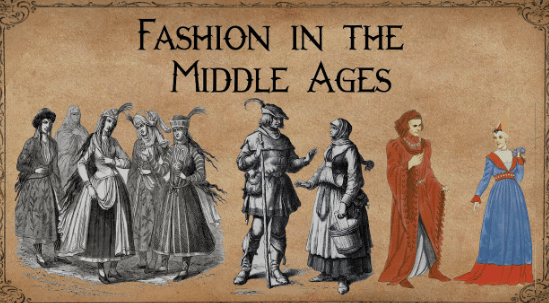 (Contributed/Interesting History Youtube)
(Contributed/Interesting History Youtube)” data-medium-file=”https://i0.wp.com/easttennessean.com/wp-content/uploads/2023/10/Fashion-Ban-Story-ContributedInteresting-History-Youtube.png?fit=300%2C166&ssl=1″ data-large-file=”https://i0.wp.com/easttennessean.com/wp-content/uploads/2023/10/Fashion-Ban-Story-ContributedInteresting-History-Youtube.png?fit=549%2C303&ssl=1″>
(Contributed/Interesting History Youtube)
While it may be easy for us to walk up to a makeup counter or fashion department today, it hasn’t always been that way.
Fashion and beauty have always been used as forms of protest or symbols for us and our professions, which has led many governments to outright ban certain products and practices.
A sumptuary law is designed to curb spending on luxury or extravagance, and many of these laws have been geared towards apparel and dress.
In Ancient Greece, Spartan women were banned from wearing cosmetics by the lawgiver Lycurgus.
In the Roman Republic, men were banned from wearing silk because it was seen as too effeminate, but this law faded away in the more luxurious and extravagant Roman Empire.
The medieval world saw an uptick in sumptuary laws aimed at upholding the moral standing of proper society. While politicians claimed to be addressing the whole of their subjects, most were aimed at women and the middle class.
Through a series of acts between 1463 and 1571, in England certain materials and colors, such as satin brocade and velvet, were prohibited from being used by lower classes, and they limited use of Tyrian or royal purple dye.
Louis XIII of France banned anyone but nobility from wearing gold embroidery to curb the superfluous nature of dress in 1629 and 1633.
In the 20th century, bans on masks, masquerades and drag costume spread throughout America. Bans on drag costume and performance continue to this day.
Dress bans have targeted women, queer people and people of color since the dawn of civilization, and they still continue through today.
France has banned Muslim women from wearing hijabs just in the past few years, and natural hair bans or regulations for people of color still exist in offices across the U.S.
Bans exist for many reasons, but we need to question who stands to benefit from them and who stands to suffer because of them.
Related
This post was originally published on this site be sure to check out more of their content.








